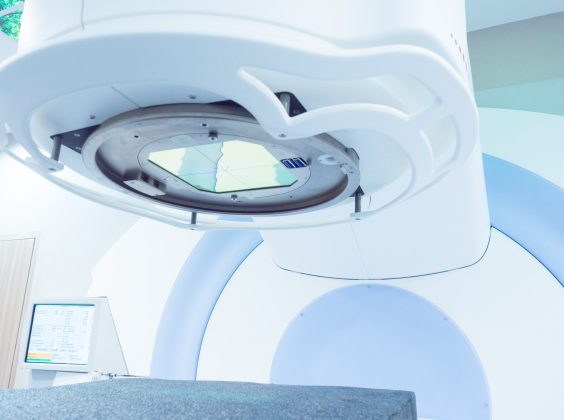
Written by

This is the third edition of our Market Report on the global market for CT equipment, publishing in May 2024.
The 2024 edition will help CT market stakeholders:
• Examine the long-term market impacts of technological innovation and adoption, including photon-counting CT, deep-learning AI solutions, and evolving clinical needs.
• Outline the best growth opportunities, with detailed quantitative and qualitative analysis of country-level and sub-regional trends to guide their go-to-market strategy.
• Benchmark their market position against their competitors at a product and regional level. Gaining unique insight into market share gains and losses.
• Secure access to our expert medical imaging team to help you address pressing questions from stakeholders in your organisation.